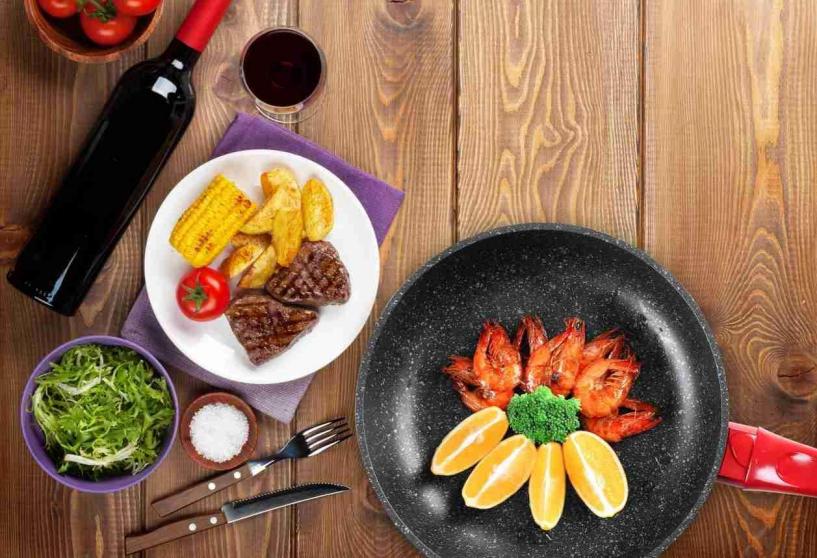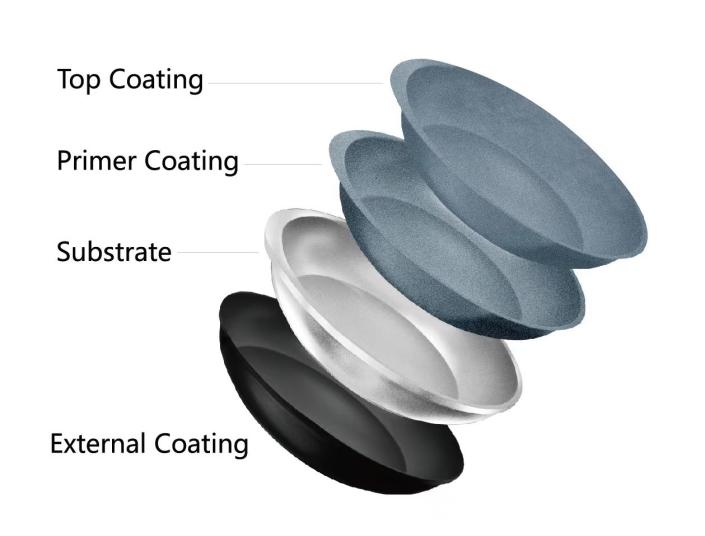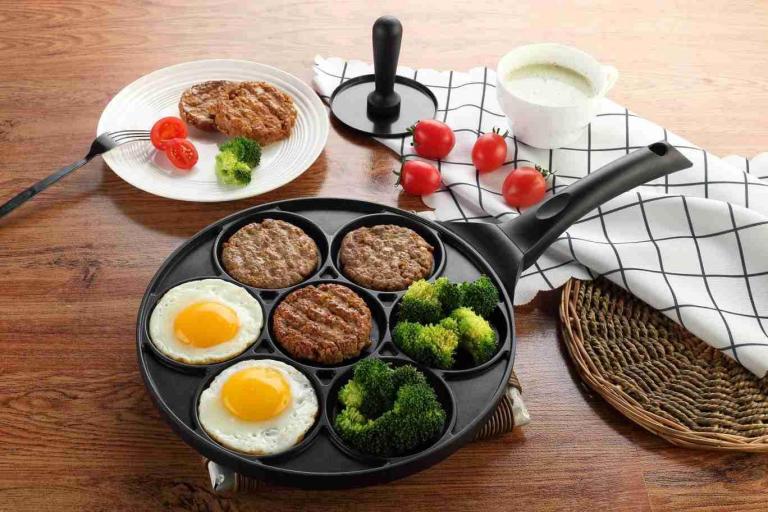
- English
- Español
- Português
- русский
- Français
- 日本語
- Deutsch
- tiếng Việt
- Italiano
- Nederlands
- ภาษาไทย
- Polski
- 한국어
- Svenska
- magyar
- Malay
- বাংলা ভাষার
- Dansk
- Suomi
- हिन्दी
- Pilipino
- Türkçe
- Gaeilge
- العربية
- Indonesia
- Norsk
- تمل
- český
- ελληνικά
- український
- Javanese
- فارسی
- தமிழ்
- తెలుగు
- नेपाली
- Burmese
- български
- ລາວ
- Latine
- Қазақша
- Euskal
- Azərbaycan
- Slovenský jazyk
- Македонски
- Lietuvos
- Eesti Keel
- Română
- Slovenski
- मराठी
- Srpski језик
What PFOA-Free Has To Do With Cookware
2023-02-08
Are you interested in PFOA-Free cookware? Read on to learn more about what PFOA is, the purpose of PFOA-Free cookwares, and the many benefits of cooking without PFOA.
When you're shopping for the perfect essentials and accessories for your kitchen, you may stumble across cookware that says "PFOA-Free". The invention of PFOA and its use in cookware has a long and storied history that continues to impact our health today.
To learn more about PFOA and how it relates to cooking, read on.

What is PFOA?
PFOA, or Perfluorooctanoic acid, is a chemical that is a by-product of the production of fluoropolymers. Due to the properties of PFOA, it is often used to make products resistant to heat, water, grease and sticking.
One of these products is well known: nonstick pans. The process of creating these unique surfaces is fascinating. The answer lies in the coating, which sometimes uses PFOA.
While PFOA sounds useful as it tries to solve kitchen cleaning problems, it has one major downside.
The following are the dangers associated with PFOA.

What are the hazards of PFOA?
Unfortunately, the same chemicals that give you nonstick pans also come with some notable health concerns.
Many studies have found that exposure to high levels of PFOA may affect growth and development, reproduction and damage the liver. These health conditions include (but are not limited to) kidney and testicular cancers, thyroid disease, liver damage, and cholesterol problems.
Known to persist in the environment without breaking down, PFOA has also been found in bodies of water, land and animals. It exists all around us and is easily consumed by people.
The health status information related to PFOA is enough to raise alarm. To avoid these health threats, it's best to avoid PFOA altogether. However, that can be hard to do when it's so ubiquitous on kitchen aisles.

What Does It Have to do With Cooking?
So what does all this have to do with cooking? As we briefly mentioned, PFOA has been used in some cookware to give it a nonstick quality. One very common type of cookware known to use PFOA in its products is Teflon.
Teflon is the trade name for polytetrafluoroethylene (PTFE). This synthetic chemical is similar to PFOA and also poses health risks when consumed. Ultimately, all the chemicals used in these cookware are good because they give you the non-stick quality, but the harm really outweighs the good.
PFOA, PTFE and other harmful polyfluoroalkyl substances (PFAS) can be consumed when people use these types of nonstick pans. One common way they enter the body is through broken or overheated cookware.
When the cookware is scratched, the non-stick coating material can come off and be accidentally eaten while in use. This can easily happen, especially if your cookware is not cared for, cleaned or properly stored.



